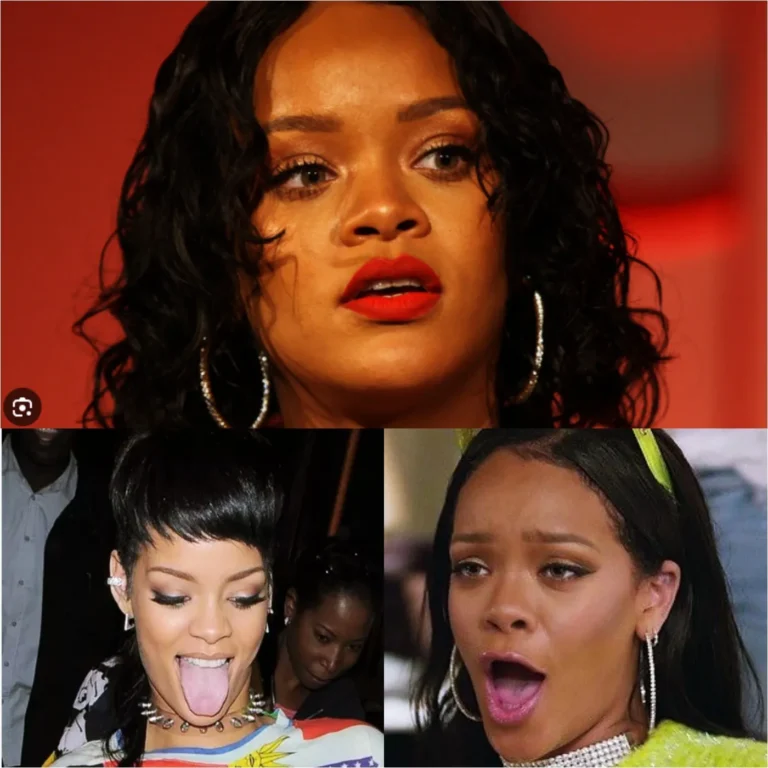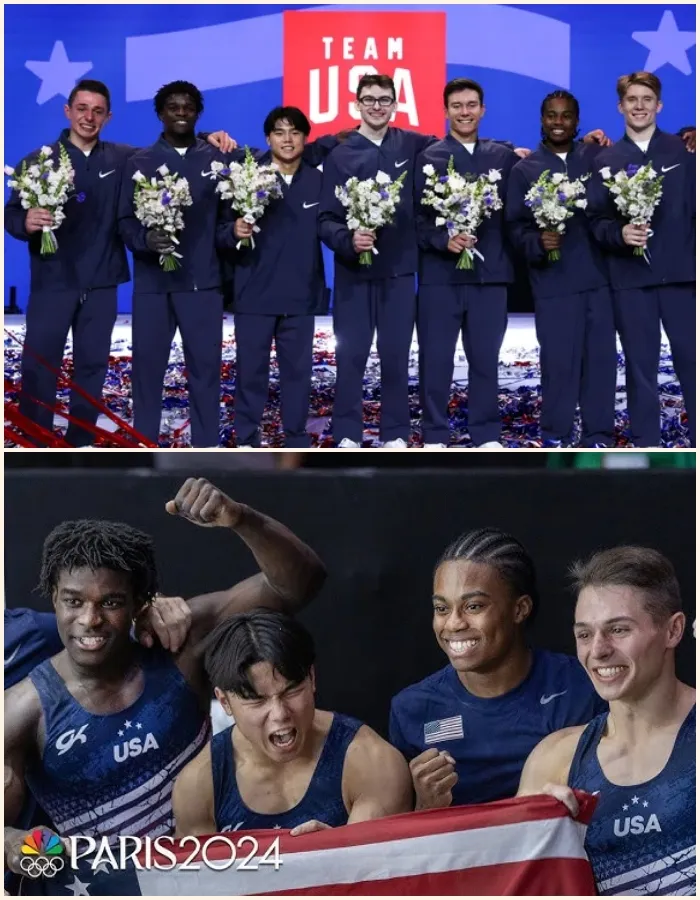
The success of the U.S. men’s gymnastics team at the Paris Olympics has sparked renewed optimism among college coaches about the sport’s future. Historically, men’s gymnastics in the U.S. has struggled, with numerous high school and college programs being discontinued over the years. Notable programs, including those at the University of Minnesota and the University of Iowa, were cut as recently as 2021. Despite these setbacks, the performance of the U.S. team at the Paris Olympics, composed entirely of NCAA athletes, offers a glimmer of hope.
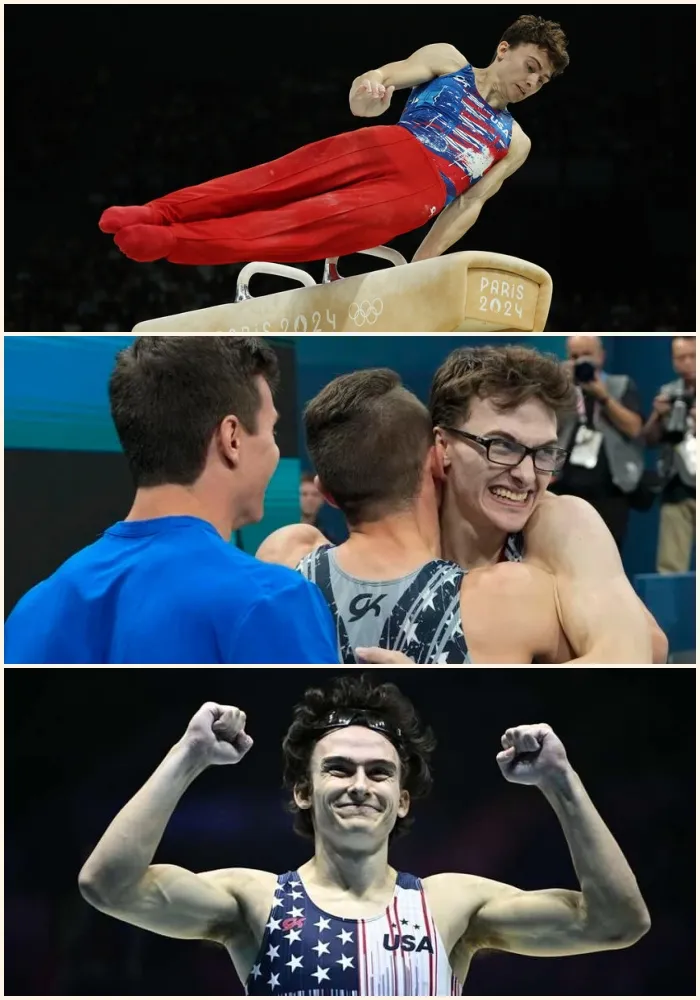
A New Wave of Optimism
The Olympic team included members from Stanford, the University of Michigan, Penn State, and the University of Minnesota’s now-defunct program. Representing a significant portion of the current 15 active college programs (12 Division I and 3 Division III), these athletes have rejuvenated interest and support for men’s gymnastics. This is particularly notable given the sport’s reduced presence at the collegiate level.
The recent addition of men’s gymnastics programs at Simpson College and Greenville University in the fall of 2021 has been a beacon of hope. These institutions, both Division III with smaller student bodies compared to their Division I counterparts, are already making competitive strides. Penn State Head Coach Randy Jepson highlighted the significance of these new programs, noting, “That was unprecedented; we hadn’t added teams for 60 years. To see that momentum was really exciting.”
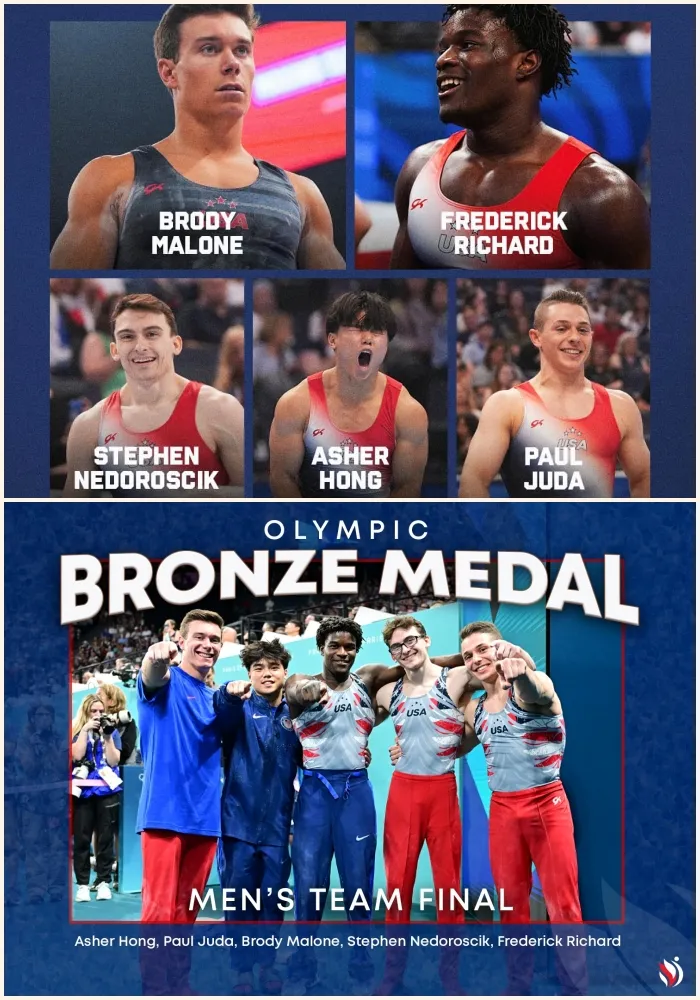
Building Momentum
Colin Payne, head coach at Simpson College, emphasizes a focused, competitive spirit despite the disparity in resources compared to larger schools. “We’re not worried about the fact that Michigan has a better gym than us. We’re going to do the best gymnastics we can do,” Payne said. This mindset aligns with the nature of gymnastics, which emphasizes individual performance over direct competition.
Simpson and Greenville have quickly become competitive, with Greenville even ranking higher than William & Mary and Army at the end of the last season. However, historical evidence shows that even success does not guarantee program longevity; 11 programs with national championships no longer exist. Financial sustainability remains a critical factor for keeping programs alive.
The Role of NIL Deals and NCAA Changes
The NCAA’s recent policy changes, particularly the introduction of name, image, and likeness (NIL) deals, present new opportunities for gymnastics. Since California’s 2019 law and a 2021 Supreme Court ruling allowed student-athletes to profit from endorsements, the landscape of college sports has shifted. Payne sees potential for gymnastics to benefit from these changes, suggesting that “there’s actually a surprising amount of opportunities for gymnastics” due to its established private club model.
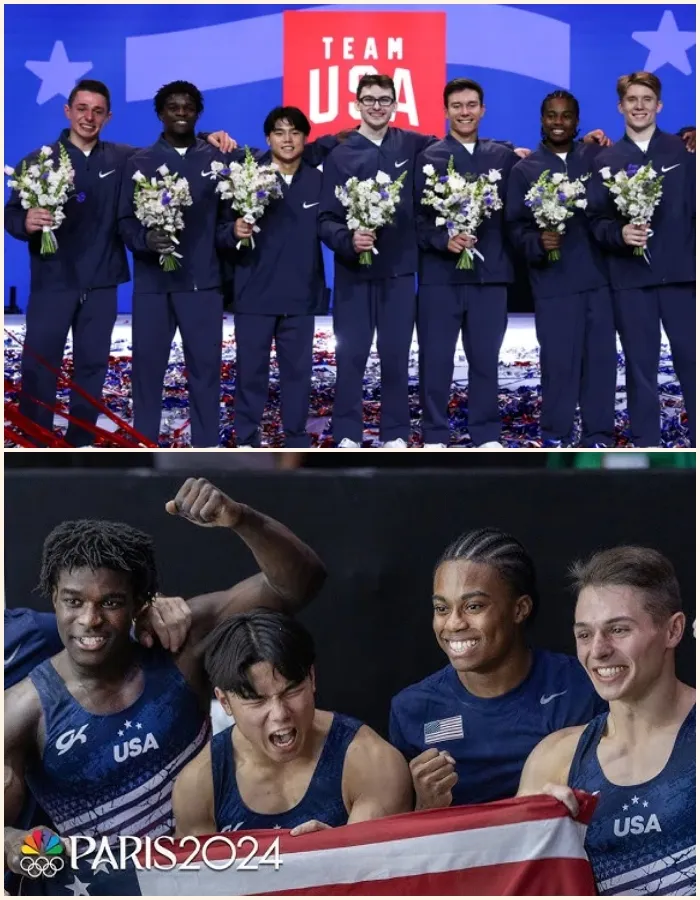
The Impact of Olympic Success
The Olympic success of athletes like Stephen Nedoroscik, who earned a bronze medal on the pommel horse, has further invigorated the sport. Nedoroscik’s unique persona and achievements have generated significant interest and media coverage, including appearances on popular platforms like The Tonight Show. His success is not just a personal triumph but a catalyst for broader interest in gymnastics.
As Penn State Coach Randy Jepson observed, “In my coaching career, this is probably one of the most optimistic points for me.” Nedoroscik’s impact is evident in increased enrollment at local gyms and heightened enthusiasm among fans and potential gymnasts.
The Future of Men’s Gymnastics
For men’s gymnastics to thrive, continued support and opportunities are essential. While elite women’s gymnasts often turn professional after high school, many U.S. male gymnasts continue to compete in college. This allows fans to witness Olympic-level performances regularly during NCAA competitions.
Greenville University Head Coach Zach Peters reflects on the unity and collaborative spirit within the coaching community. “I think for men’s gymnastics, we are kind of in this fight together of growing our sport,” he said. This camaraderie is crucial for overcoming the challenges faced by the sport.
In conclusion, while men’s college gymnastics still faces challenges, the recent Olympic success and the introduction of new programs and policies offer hope. As the sport continues to evolve, the combined efforts of coaches, athletes, and supporters may ensure a brighter future for men’s gymnastics in the U.S.
